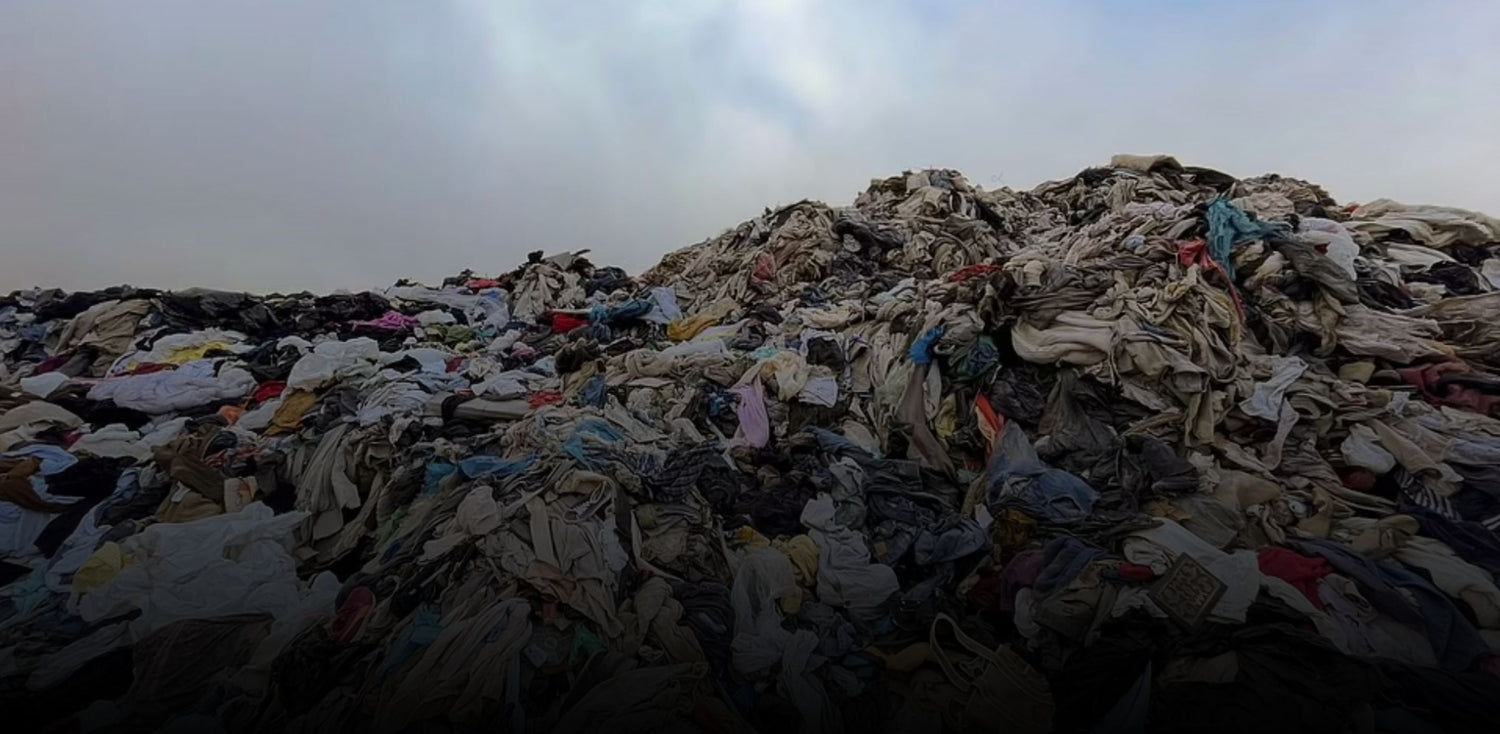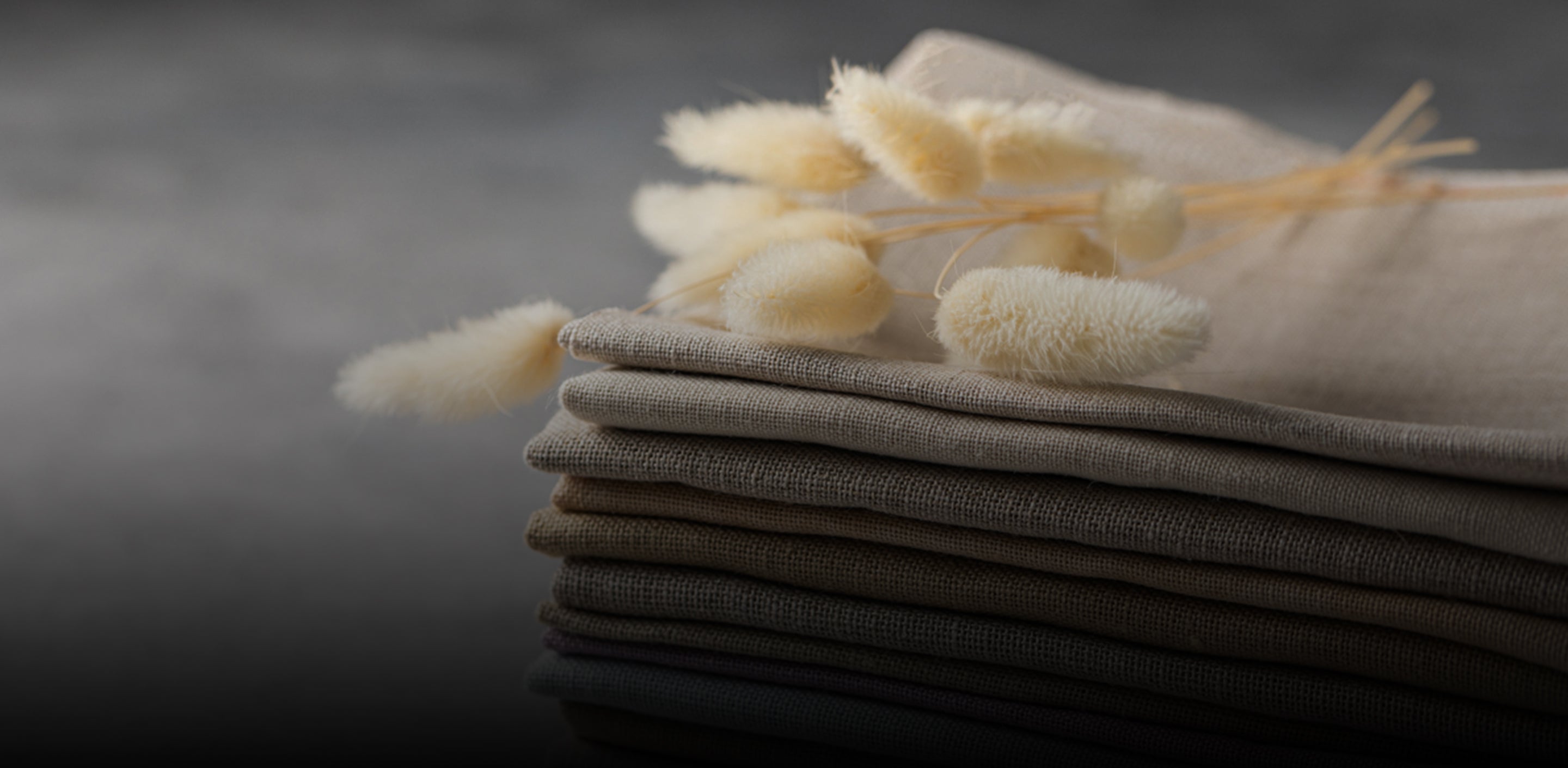Have you given any thought to the fibers that make up your wardrobe? It's possible that you're not a fan of the way that certain textiles feel. Maybe it's a pain to wash these things, or they pill and snag easily. Who knows? Maybe you never give it any thought.
No of the outcome, here's a vital concern to think about: how do these textiles impact the planet?
The carbon emissions from clothing account for between 3 and 6.7 percent of all man-made emissions worldwide. This comes about not just because of the attention given to the cloth during manufacture, but also because of the attention given to you after you make a purchase.
The majority of the damage that garments do to the environment is the result of washing them, and this damage is not uniform from fabric to fabric. As a result, if you can go without washing your clothes, you should.
A truly sustainable cloth doesn't exist, although there are better options than others. The quantity of resources utilized in production and a product's life cycle analysis are two of the most important considerations for identifying sustainable materials.
From its inception until its eventual demise, a product's life cycle is examined in detail, as is its effect at each stage. Let's start with the textiles that are the least eco-friendly.
Fabrics that are not sustainable
Fabric must to avoid

T-shirts, blankets, rope, conveyor belts, and bottles are just a few of the many things that may be crafted from polyester. You may tell by reading the tags on the fabric in your wardrobe how often it is used: a lot. In any case, this is hardly a positive development.
The production of polyester requires a lot of energy and water for cooling purposes. In regions where fresh water is scarce, this might be harmful since it would limit supply. Also, the waste water from processing contains chemical dyes that are harmful to both people and other living things.
The fact that polyester sheds microplastics during usage and, more specifically, washing is just icing on the cake. Over 700,000 microplastic fibers might be released into the environment during a single wash cycle. When consumed by marine animals, microplastics exacerbate pollution problems.
Unsustainable fabric
Acrylic

Several typical household items are crafted using acrylic fabric, including sweaters, hats, gloves, and carpets. That it keeps its wearer toasty throughout cold weather months is a testament to the material's popularity. You may not feel as good about the potential effects on the environment and your health.
Just like its synthetic brother polyester, acrylic is not readily recycled and may remain in a landfill for up to 200 years before biodegrading. It is estimated that anywhere from 20% to 35% of the primary source of microplastics in the marine environment are fibers from the usage of synthetic apparel.
Cotton

The use of cotton as a textile is widespread. Many of your t-shirts and blue jeans are made from this material because of its exceptional breathability. The conventional cultivation of cotton is fraught with social and ecological risks.
Producing cotton for a t-shirt and pair of pants requires 1,931 liters of irrigation water and 6,003 liters of rainfall. Chemicals and colors are dumped into the overflowing water supply. Since it is costly to properly dispose of these dangerous chemicals, many businesses resort to contaminating the rivers to keep their prices low.
Approximately 16% of all insecticides sold worldwide and 5.7 percent of all pesticides are used in conventional cotton production. Our land, water supply, and farmers' health are all put at risk by these chemicals, and the world as a whole is warmed as a result.
Rayon

This fabric, although being derived from plants, is very harmful to the environment and is therefore a prime example of greenwashing in the textile industry. We may dispute the claim that rayon is a more environmentally friendly fabric option than either polyester or cotton.
When making inexpensive garments, the fast-fashion business often employs rayon, which requires extensive chemical procedures, a lot of water consumption, and a lot of energy. Harmful chemicals are released into the air and water during these procedures, posing risks to the health of those in the immediate area as well as the workers themselves.
In addition, there is a clear rise in the need for plants as a result of the demand for this plant-based substance. The harvesting of trees for rayon production is a major cause of deforestation, affecting a wide variety of ecosystems and ecosystem types, including sensitive and threatened ones. Loss of habitat for the animals that use these trees as homes endangers both critically endangered and more common species.
Synthetic fabric
nylon

Nylon is a synthetic textile made from crude oil, and it is often used to make tights and stockings. It's also used to manufacture other forms of form-fitting apparel, such as swimwear and workout gear.
Nylon, in all of its forms, is not biodegradable, meaning it may potentially remain in a landfill for 20–200 years. Petroleum is one of the dirtiest businesses and sources of energy, so it's no surprise that it's used in its production. Nylon manufacturing is very water and energy intensive, and it also produces nitrous oxide, a greenhouse gas.
FAQ
How can you tell good quality fabric?
There are various factors that determine the quality of good fabric such as fabric weave, thread count, color, finishing and source. With these fabrics, you can check whether the fabric is of good quality or not.
What makes a fabric sustainable?
Sustainable clothing is made from products that don't harm the environment in any way, such as crops used to make fiber that are farmed without harming the environment or recycled materials. The process of creating such textiles is also alluded to aiming to reduce waste and other problems associated with production.
We also happen to be a magnet for suggestions, and would love to catch yours….throw us yours on hello@fabriclore.com




Leave a comment
This site is protected by hCaptcha and the hCaptcha Privacy Policy and Terms of Service apply.